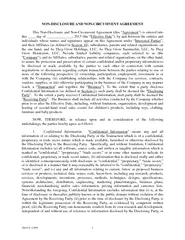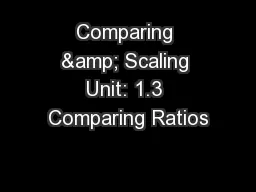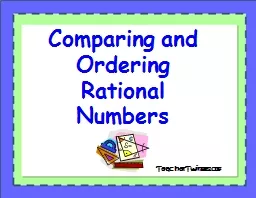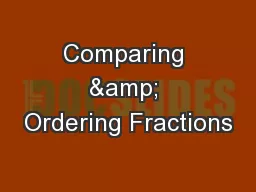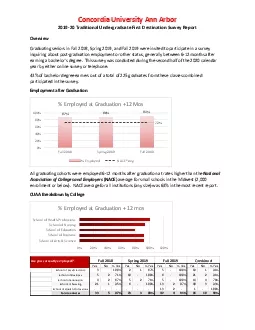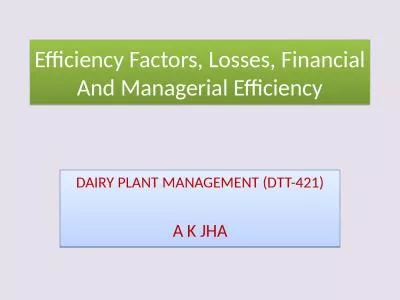PPT-Comparing Market Efficiency with Traditional and Non-Tradit
Author : test | Published Date : 2015-09-28
Dr Adrian Schembri Dr Anthony Bedford Bradley OBree Natalie Bressanutti RMIT Sports Statistics Research Group School of Mathematical and Geospatial Sciences RMIT
Presentation Embed Code
Download Presentation
Download Presentation The PPT/PDF document "Comparing Market Efficiency with Traditi..." is the property of its rightful owner. Permission is granted to download and print the materials on this website for personal, non-commercial use only, and to display it on your personal computer provided you do not modify the materials and that you retain all copyright notices contained in the materials. By downloading content from our website, you accept the terms of this agreement.
Comparing Market Efficiency with Traditional and Non-Tradit: Transcript
Download Rules Of Document
"Comparing Market Efficiency with Traditional and Non-Tradit"The content belongs to its owner. You may download and print it for personal use, without modification, and keep all copyright notices. By downloading, you agree to these terms.
Related Documents


